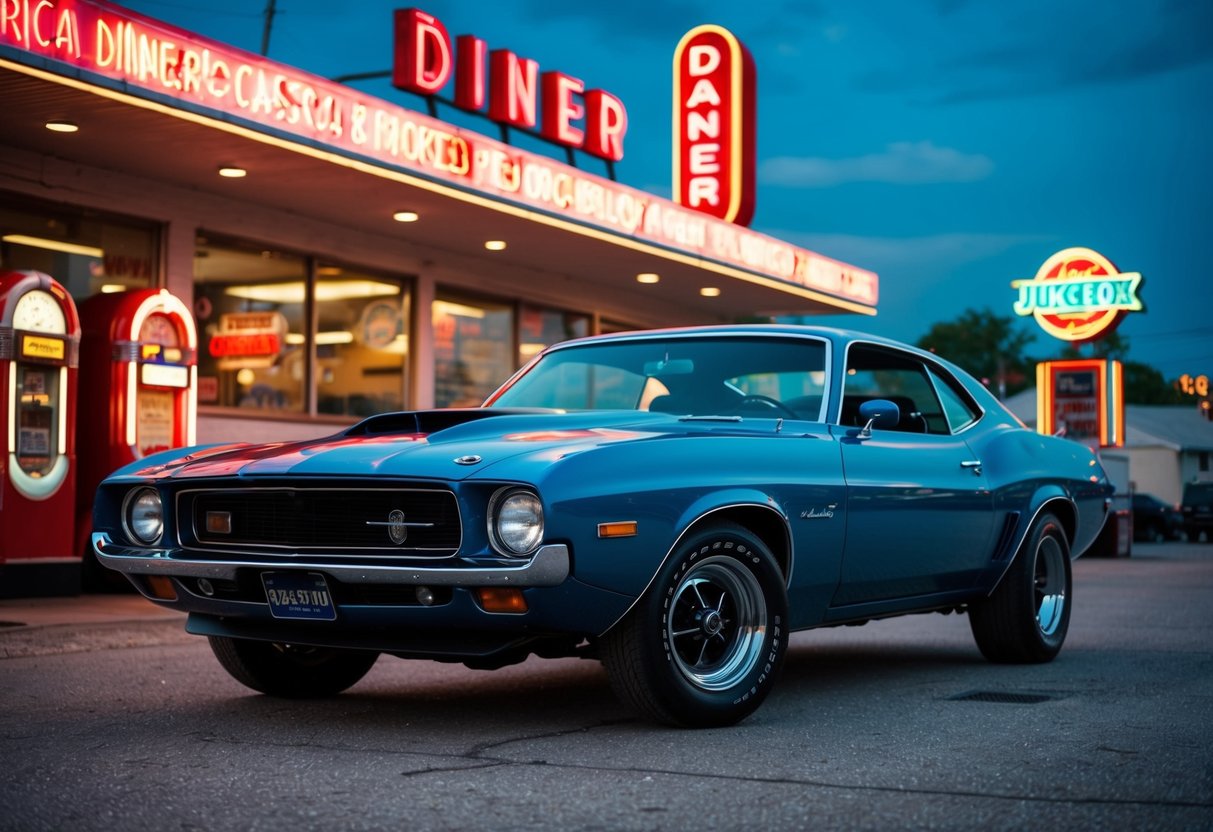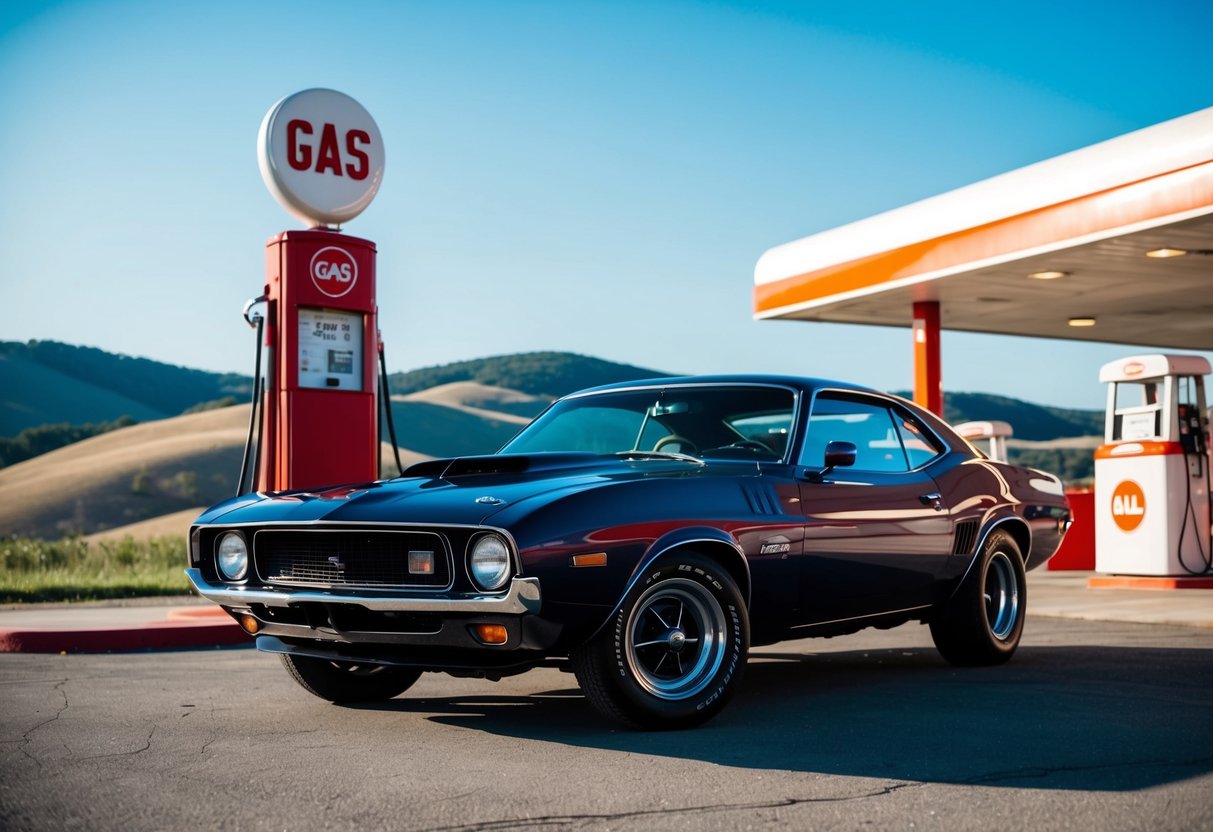
Changes Through Decades
The journey of muscle cars did not end in their early years but evolved through the decades. During the 1970s, strict emissions regulations led to performance changes, challenging manufacturers to adapt. By the 1980s and 1990s, muscle cars experienced a revival with advancements in technology. Improved engine efficiency and electronic stability control became critical features. In recent years, muscle cars like the modern Dodge Charger and Ford Mustang offer both traditional power and cutting-edge technology. These cars not only reflect their storied history but also continue to adapt to modern-day demands, showcasing their enduring appeal. The legacy of the muscle car remains strong, driven by a blend of nostalgia and innovation.
Cultural Impact
Vintage muscle cars hold a unique place within American car culture. Beyond their engineering feats, these vehicles have become symbols of freedom, style, and power, influencing both media portrayals and automotive gatherings across the country.
Muscle Cars in Media
Muscle cars have played a significant role in countless films and television shows, contributing to their cultural significance. From the high-speed chases in action movies to their appearances in popular TV series, these vehicles often symbolize rebellion and adventure. Films like “Bullitt” and “Gone in 60 Seconds” feature classic muscle cars that captivate audiences with their design and performance.
In music videos, these cars often accompany themes of freedom and nostalgia, reinforcing their iconic status. Media portrayals have immortalized these automobiles, making them desirable cultural icons that transcend the automotive world.
Car Shows and Enthusiast Gatherings
Car shows and enthusiast gatherings are central to preserving the legacy of American muscle cars. These events offer platforms for showcasing meticulously restored vehicles, highlighting their automotive design and history. They attract not only collectors but also a wide audience interested in witnessing the raw power and style of these cars.
The gatherings often feature competitions, rewarding unique designs and restorations. Enthusiast clubs play a pivotal role, fostering a sense of community among car lovers who share a passion for muscle cars. These events contribute significantly to the sustained popularity and cultural relevance of muscle cars.
Design and Styling

Vintage muscle cars capture admiration with their distinctive, bold appearances and exquisite interior craftsmanship, reflecting the peak of American automotive design. These automotive icons present a powerful exterior matched by a carefully crafted interior that emphasizes comfort and quality.
Aggressive Look and Bold Lines
Vintage muscle cars are renowned for their aggressive styling. Their wide stances and bold lines command attention, embodying a sense of power and speed even when stationary. Sleek hood scoops and prominent grilles add to the assertive appearance, enhancing the distinct character of each model.
The use of chrome accents and vibrant colors further accentuates their timeless design, evoking a sense of nostalgia. Muscle cars from the 1960s and 70s, such as the Dodge Charger and Ford Mustang, exemplify these characteristics, making them instantly recognizable amid other vehicles. Attention to detail in the exterior not only highlights the designers’ commitment to aesthetics but also plays a vital role in the ongoing appeal of these classics.



